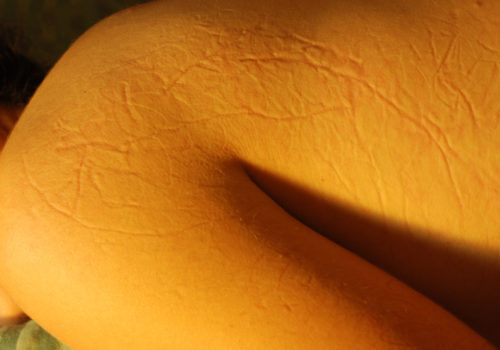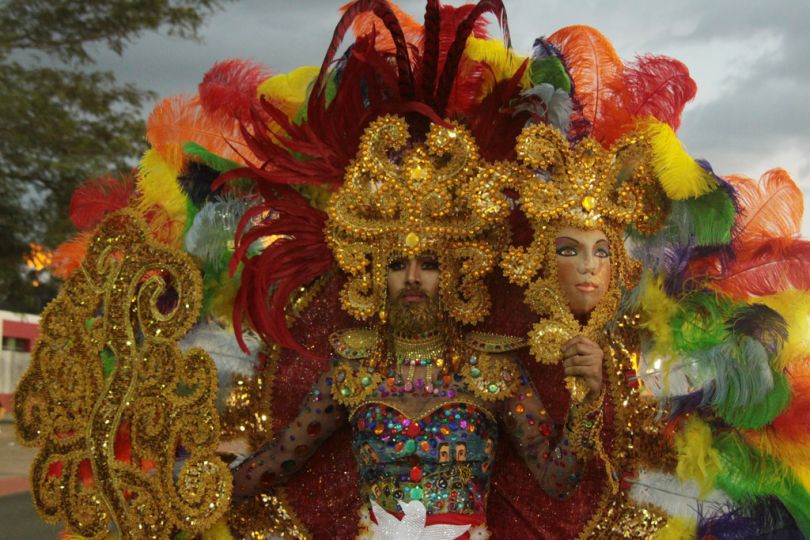EspIRA is an association of artists and an art school founded by Patricia Bell almost fifteen years ago. “The original idea, and certainly still the driving force, is to train young artists through dialogue, feedback and readings,” says Bell. “Some of our former and current students, such as Alejandro Flores, along with some of the founding members of EspIRA are gathered in Adrede. This new project aims to make our association self-sustainable by making our artwork more present and, hopefully, marketable.”
“The reason why I founded the association was that I needed friends to talk with. In Nicaragua, the art scene was a pretty lonely place, no new generation of artists was in sight, and there was a lot of aversion to the work that I was doing.” Belli’s experimental video work questions the notion of gender and the respective statuses of men and women in a patriarchal society like Nicaragua.
The codes associated with—and imposed upon—the representation of the two sexes are also central to the concerns of another member of the association, Fredman Barahona. In addition to his performance at the Biennale, Fredman fights against the conservative approach to sexuality and explicitly calls for an acceptance of less restrictive gender identities: his photograph “Fracaso Del Género, Reclamo a la aceptación del fracaso del género en las relaciones humanas” (Failure Of Gender, Complaint for the acceptance of the failure of gender in human relationships) features the legs of a man sitting on the seat of toilet, and he violently whips himself dressed as a woman in another video-performance entitled “Trans-Horror, Un ataque terrorista a las homo y hetero normativas de belleza” (Trans-Horror, a terrorist attack against the homo- and hetero norms of beauty).
Naomi Perez Belli also uses her body to boast her artistic intention – whether a majority of the work of Adrede’s artists serve a political or social context, their aesthetic commitment is sharp nonetheless. Perez Belli’s work “Dissociation” consists in two similar photographs, taken a few minutes apart and juxtaposed. They represents a folded body on which are imprinted in relief the veins of leaves. The marks are very clear on the first image, and are faded on the second. The differences are subtle, not obvious. They are like the historical changes: almost imperceptible on a daily basis but drastic nonetheless. Within the lines, the work questions the dangerous process of losing memory on an individual and national scale.
Ricardo Huezo also refers to the vanishing of memory. In one of his video, Julio Cortazar reads the poem “Alta Hora de la Nochezo” by the Salvadoran writer Roque Dalton. The poem concludes with the prophetic lines: “When you know that I am dead, do not speak my name.” This evokes the problem of amnesia and the cyclical danger of idealization which resonate bitterly in Nicaraguan history.
http://www.adrede-espira.com/#!artistas/cks0
http://www.espiralaespora.com
http://www.espiralaespora.com/jovenes-creativos/jovenes-creativos-2009/

















